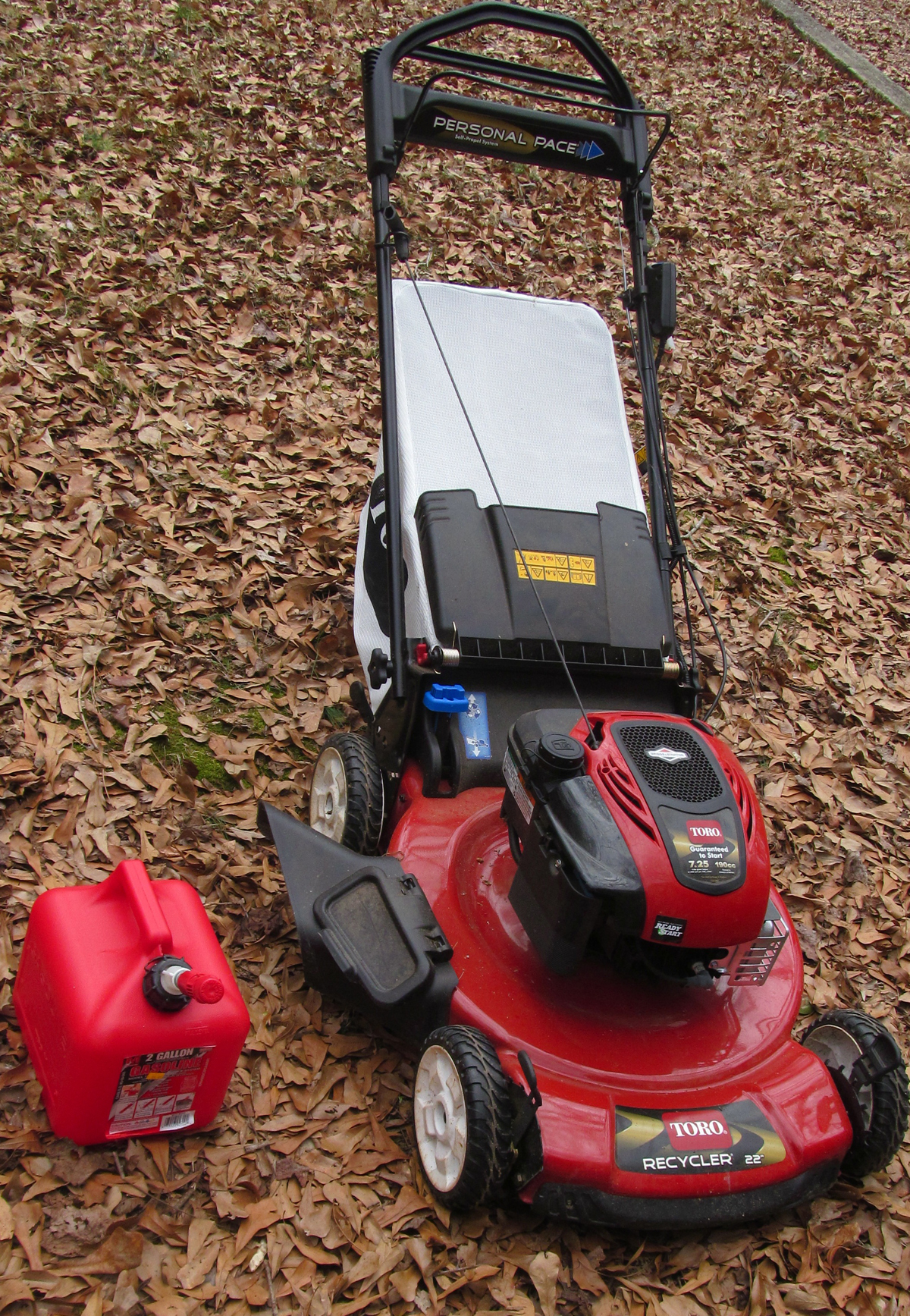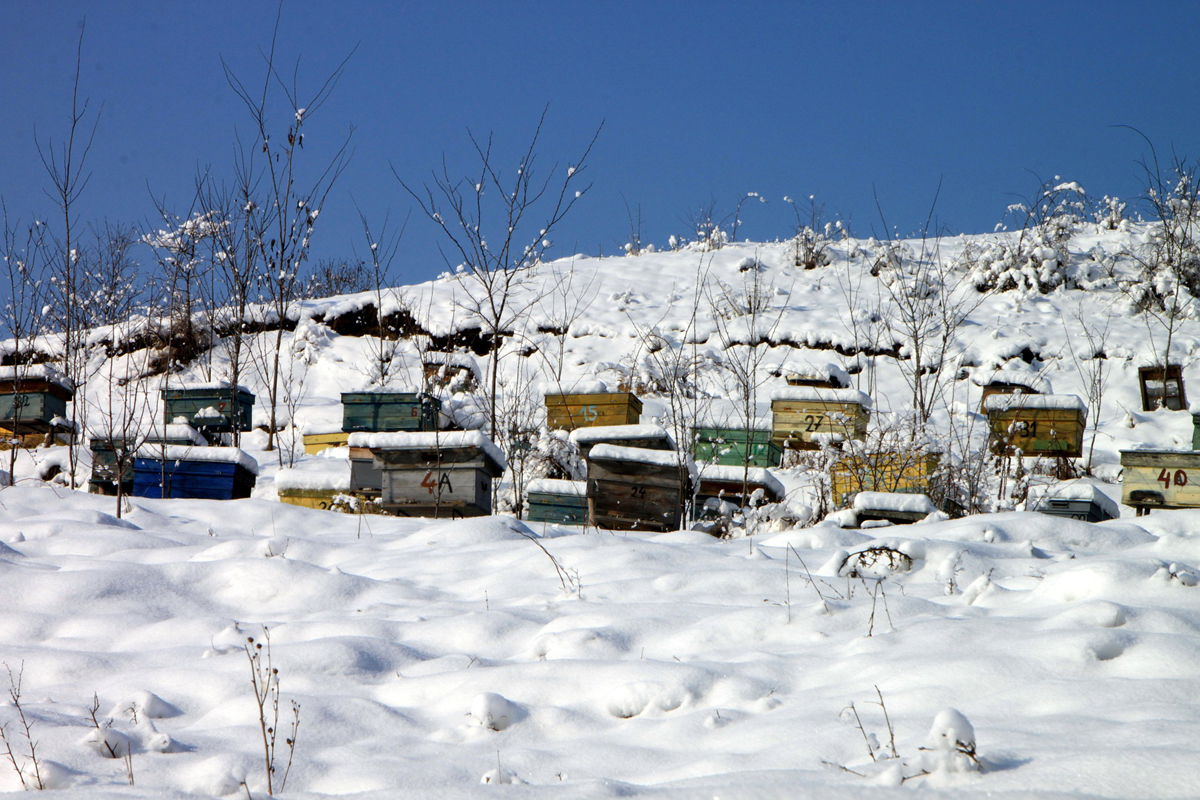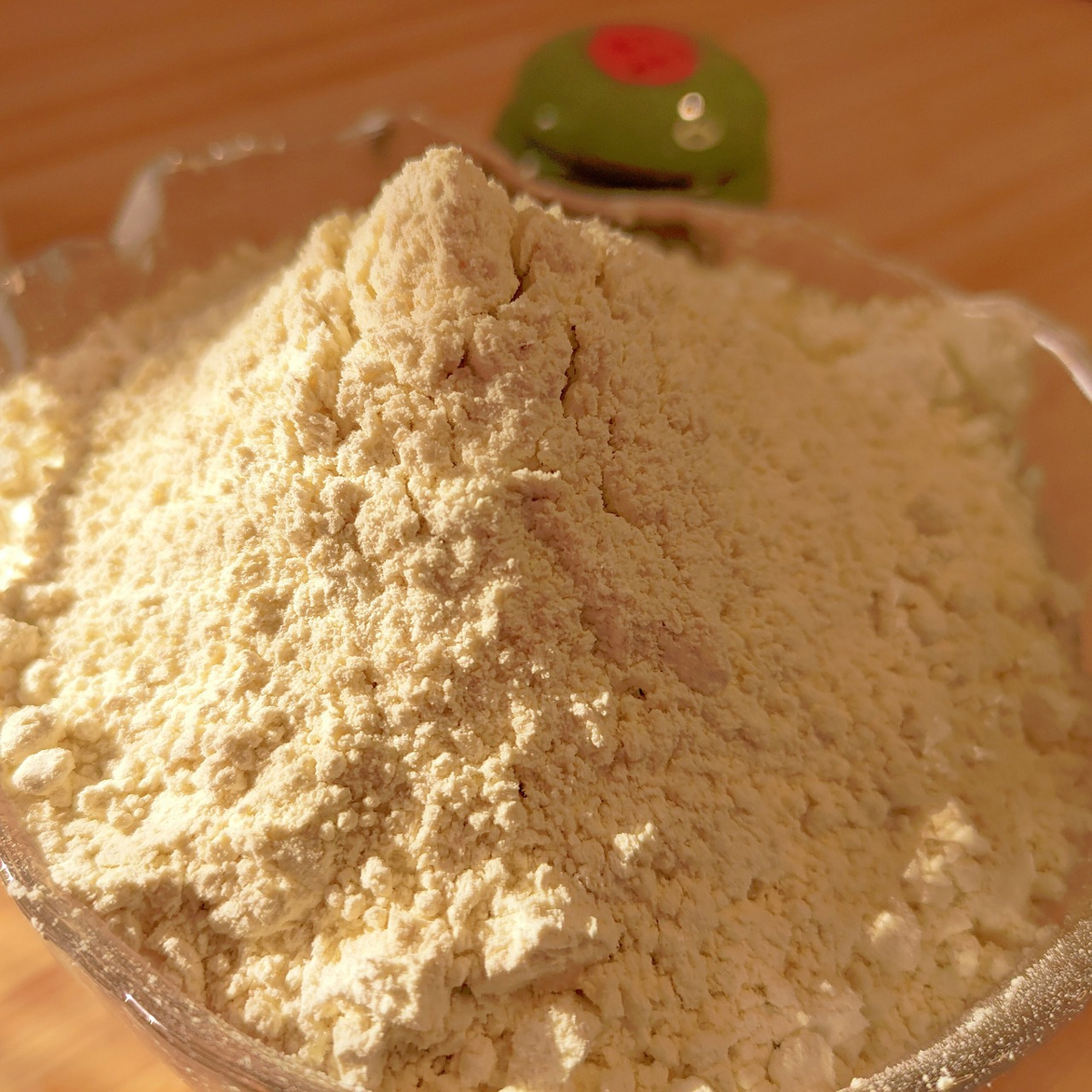Troubleshooting One-Cylinder Engines

Living on a farm, homestead, or just a small country estate, we often find much of the repair work falls on us. Home repairs, appliances, and oh Lord, that ever-present one-cylinder engine.
One-cylinder engines are most common in sizes from 2 to 12 horsepower, carrying with it the same basic characteristics of any gasoline engine. Trouble-shooting the one-cylinder, however, is somewhat different from the 4, 6, or 8-cylinder.
When larger engines (those in autos with 4 or more cylinders) are having problems, they will usually run. Not always smooth, but they run. The one-cylinder, when something is wrong, may not even start, let alone run. For that reason the one-cylinder engine is a harder one to trouble-shoot.
Trouble-shooting the small engine, if you know how, can save you quite a bit of your hard earned cash. Usually when one doesn’t start we buy a tune-up kit when it needs nothing more than a new plug. Worse yet, the plug may just need cleaning. If we decide something is wrong with the carburetor we usually buy a new one. Needless to say, much of the work and expense that goes into the repair of a small engine is unnecessary. We work by trial-and-error until we’ve spent the price of a new engine and then take it to a mechanic who works on it for 20 minutes and charges us for a full hour at $24 per hour or more – just for labor!
Another important thing to remember about a small engine if you live close to a small town is it’s sometimes a hard one to get repaired. Even though there are more mechanics today specializing in small engines, there are still towns that don’t have a single small engines mechanic. Auto mechanics usually don’t work on lawn mowers or power chain saws.
There are only two things that a small one-cylinder engine must have to run. It must have an adequate supply of fuel, and the fuel must be getting into the engine. Then there must be an adequate supply of ignition spark. These two points are known to mechanics as “gas and fire”.
First, let’s take a closer look at the gas. Before you go a single step farther, find the air adjustment valve on the carburetor. Turn the screw to the right as fall as it will go. Now turn it back to the left 2-1/2 turns. If the carburetor works function at all, it’ll work right there.
To test to see if the carburetor is getting gas, remove the air breather. Set your throddle of choke (or start) and pull the rope starter. Look into the top of the carburetor. If gas is visible it is unlikely that the problem is with the carburetor. If you think the problem might still be gas, try this one. Using the palm of your hand, cover the opening on top of the carburetor.
Pull the rope starter again. Pay close attention (by feel) which way the air is going through the carburetor. Is it sucking your palm into the carburetor or is it trying to blow it out? If it blows, you have problems with your valves. Chances are one of them is burned and will need replacing – a charge of $100 or more if you take it to the shop but less than $20 if you do it yourself.
The next point to check if the engine still isn’t running is the fire. The fire consists of the coil (or magneto), the breaker points and the plug. A coil will usually outlive the engine twice-over. The points and plug, however, are a different story. They usually need replacing at least one a year – call it an annual tune-up.
To check the points in the engine, remove the plug wire. Hold it with insulated pliers about 1/4 inch from the end of the plug. Pull the rope starter. If the points are breaking properly, you will be able to see the spark as it jumps from the wire to the plug. If no fire is seen, replace your points.
When you check the wire, there might be a spark coming to the plug. If it is getting to the plug, it is possible that it isn’t getting through it. Remove the plug from the engine. Put it back on the plug wire and pull the rope starter. Be sure the plug is grounded against the engine. If no fire is visible coming from the end of the plug, replace the plug with a new one.
The small engine is popular all over the world and will be with us for many years to come. You would do well to learn to fix it.
Photo. Skistrail









three things are needed gas. air and spark…
This is beautiful and concise. A few images will help those who don’t know what parts your talking about, but one might also argue that that group shouldn’t be anywhere near the motor.
Thanks well done. The point about the suck or blow, I have to admit, I didn’t know.